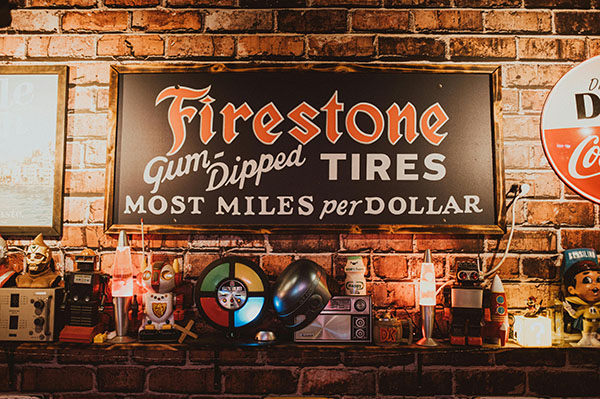Firestone Winterforce Tire Review
Reviewing the Firestone Winterforce Tires: Performance, Features, and User Insights
As winter approaches, drivers in snowy and icy regions often seek reliable tires that can handle harsh conditions without breaking the bank. The Firestone Winterforce line, produced by Bridgestone's Firestone brand, has been a popular choice for budget-conscious consumers looking for dedicated winter tires. This series includes models like the Winterforce 2 for passenger cars, Winterforce 2 UV for SUVs and crossovers, Winterforce LT for light trucks, and Winterforce CV for commercial vans. These tires are designed to provide enhanced traction on snow, ice, and slush, and many variants are studdable for extra grip on ice. In this review, we'll dive into their specifications, real-world performance, pros and cons, and user feedback to help you decide if they're right for your vehicle.

Features and Specifications
The Firestone Winterforce tires are engineered with winter-specific features to combat cold weather challenges. At the core is a special cold-weather rubber compound that remains flexible in low temperatures, ensuring better contact with the road compared to all-season tires. The tread design incorporates full-depth features for consistent performance as the tire wears, open shoulder slots to channel away water and slush, and a directional pattern that enhances grip during acceleration and braking.
Most models in the line carry the 3-Peak Mountain Snowflake (3PMSF) certification, indicating they meet rigorous standards for severe snow service. They are pinned for optional metal studs, which can significantly improve ice traction in extreme conditions. Sizes vary widely: for example, the Winterforce 2 is available in diameters from 14 to 19 inches, with widths ranging from 175 to 235 mm and aspect ratios from 45 to 70. The Winterforce LT, aimed at heavier vehicles, comes in load ranges up to E (10-ply rated) and sizes like LT215/85R16 to LT275/70R18. Speed ratings are typically S (up to 112 mph), prioritizing winter safety over high-speed performance.
Firestone backs these tires with a limited warranty, though it doesn't include a mileage guarantee, as wear depends heavily on driving conditions and stud usage. Overall, the design emphasizes affordability and durability, making them a step up from all-seasons for seasonal use.
Performance Review
In snow and slush, the Winterforce tires excel, thanks to their aggressive tread patterns that dig in for strong acceleration and braking. Users report confident handling in deep snow, with the tires providing reliable traction even without studs. On ice, performance is solid when studded, but unstudded versions can feel mediocre in severe conditions, lagging behind premium options like Michelin X-Ice in hard-packed snow and glare ice.
Wet performance is another strength, with good hydroplaning resistance due to the open slots and siping that evacuate water effectively. However, on dry pavement, these tires can be noisy and less responsive, a common trade-off for winter-specific designs. Longevity is a highlight; many drivers get 3-4 seasons out of them with seasonal use, though the hard compound might reduce ultimate grip in exchange for durability. In independent tests and user reports, they score highly for value, often rating 8-10 in snow traction and 7-9 in ice grip.
Compared to competitors, the Winterforce 2 outperforms basic all-seasons in winter but doesn't match ultra-high-performance winters like Bridgestone Blizzak in noise reduction or dry handling. For light trucks, the LT version offers robust construction resistant to cuts and damage, making it suitable for work vehicles.

Pros and Cons
To summarize the key strengths and weaknesses:
| Aspect | Pros | Cons |
|---|---|---|
| Traction | Excellent in snow and slush; good ice grip when studded. | Mediocre on ice without studs; not ideal for extreme cold without enhancements. |
| Durability | Long-lasting tread; resistant to wear over multiple seasons. | Hard compound may feel less aggressive in deep snow. |
| Comfort | Quiet and comfortable in winter conditions. | Noisy on dry roads; ancient tread design in some models. |
| Value | Affordable pricing; reliable for the cost. | No mileage warranty; better premium alternatives for high-end performance. |
